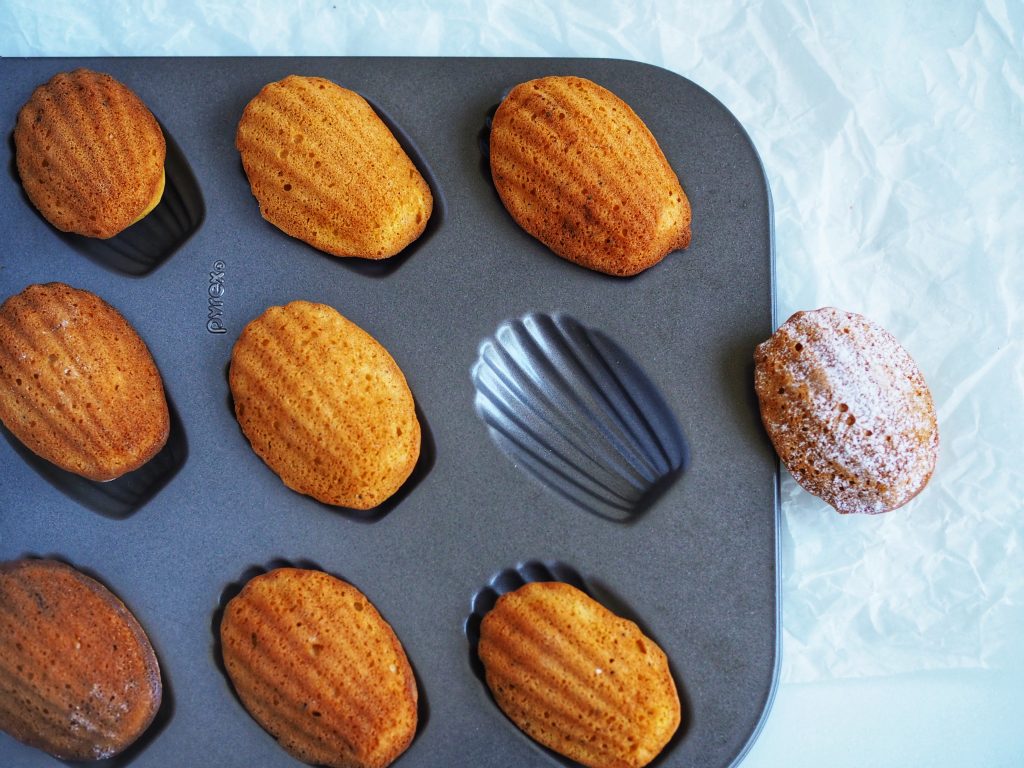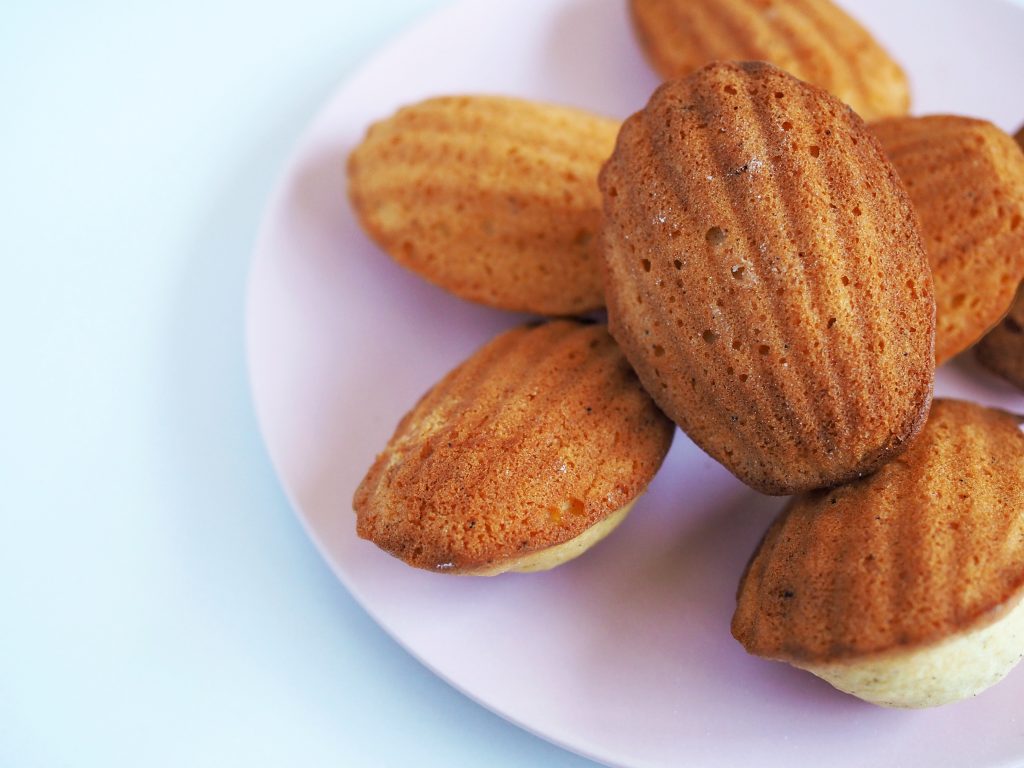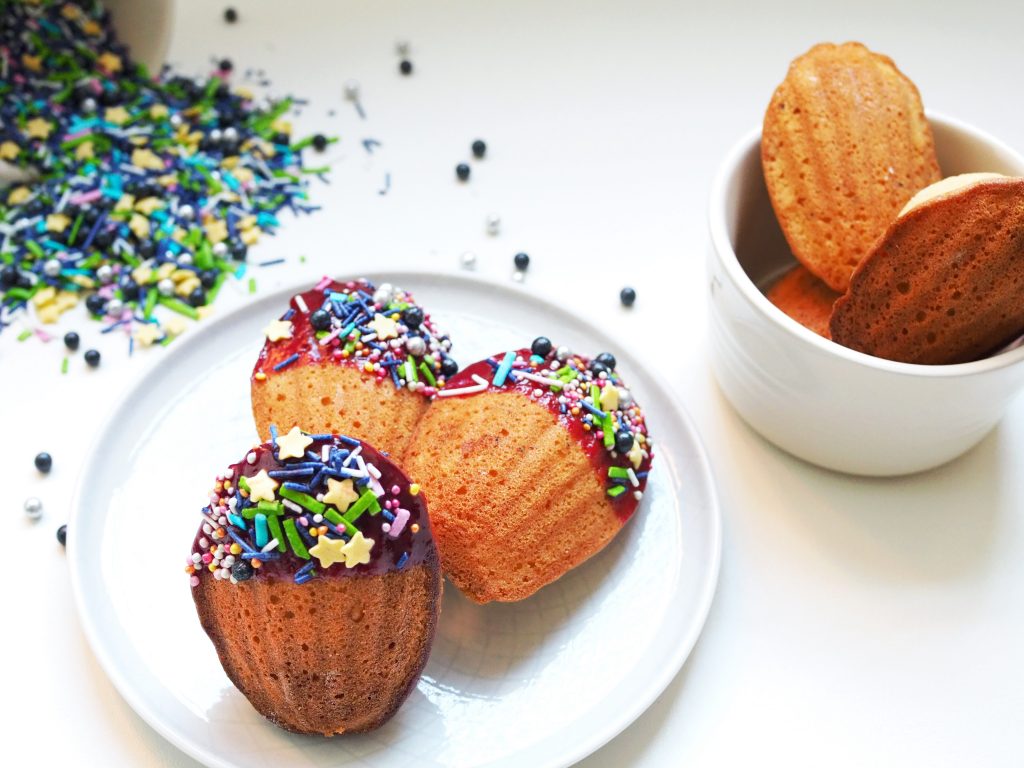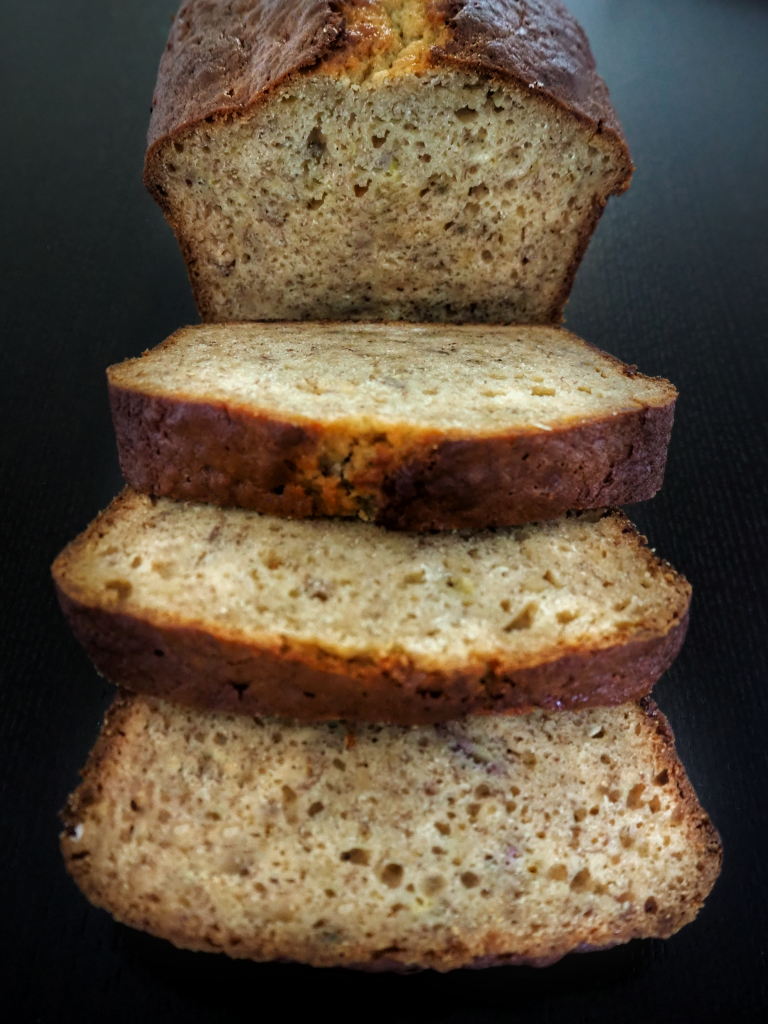
I love madeleines because they’re so quick to whip up. I make my one with brown butter, but you can always just opt for melted butter if you don’t like the taste of brown butter. I do love the lemon and vanilla flavour and if I don’t have a lemon handy, I just skip them and bump up the vanilla.
Brown butter or beurre noisette gives food better flavour, so I highly recommend trying to make this with brown butter. If you have never tried making brown butter, I prepared a post to guide you through the process here. Or simply watch the video below:

A few notes on madeleines:
- You don’t want to overbake them, because they will dry out. When you bake them the first time, keep a close eye on them, because if your oven runs hot, they might dry out.
- Madeleines are meant to have a scalloped front and a hump on the back. So don’t be alarmed when you see the hump rising midway through baking, it’s normal.
- The batter is thick. You don’t need to spread the batter in the cavity, just leave it as a mound in the middle, it will be fine.
- Madeleines are best served and eaten on the day. Because of their size, they stale fairly quickly.
Click on the photos to shop for the products. Most products ship internationally.
Mrs.Fancypants earns a small commission from affiliate links, when you buy the products above. If you’re in Australia, feel free to check the availability on advertised sites.

Madeleines
Makes 18 standard size madeleines
Ingredients
Instructions
- In a large bowl sift together flour, sugar and baking powder. Make a hole in the centre.
- In a second bowl, mix eggs, brown butter, vanilla and lemon zest. Pour into the hole in the centre of the dry ingredients. then mix until just combined.
- Butter your Madeleine pan. Madeleine pans come in different sizes, standard and mini. This recipe makes 18 standard madeleines. Fill each cavity up to 3/4 full then chill in the fridge for at least 1 hour, up to 12 hours.
- Preheat oven to 190C. Place the chilled tray in the middle of your oven and bake madeleines for 10 minutes or just until the pastry is set. The tops should have humps but shouldn't be browned. Take out and cool for 5 minutes then turn over on a rack. If you only have one pan, you need to do this again until you use up all the batter.
- Serve warm, sprinkled with a little icing sugar or dipped in chocolate. Keep in an airtight container for up to 2 days.
Notes
- You don't want to overbake them, because they will dry out. When you bake them the first time, keep a close eye on them, because if your oven runs hot, they might dry out.
- Madeleines are meant to have a scalloped front and a hump on the back. So don't be alarmed when you see the hump rising midway through baking, it's normal.
- The batter is thick. You don't need to spread the batter in the cavity, just leave it as a mound in the middle, it will be fine.
- Madeleines are best served and eaten on the day. Because of their size, they stale fairly quickly.





